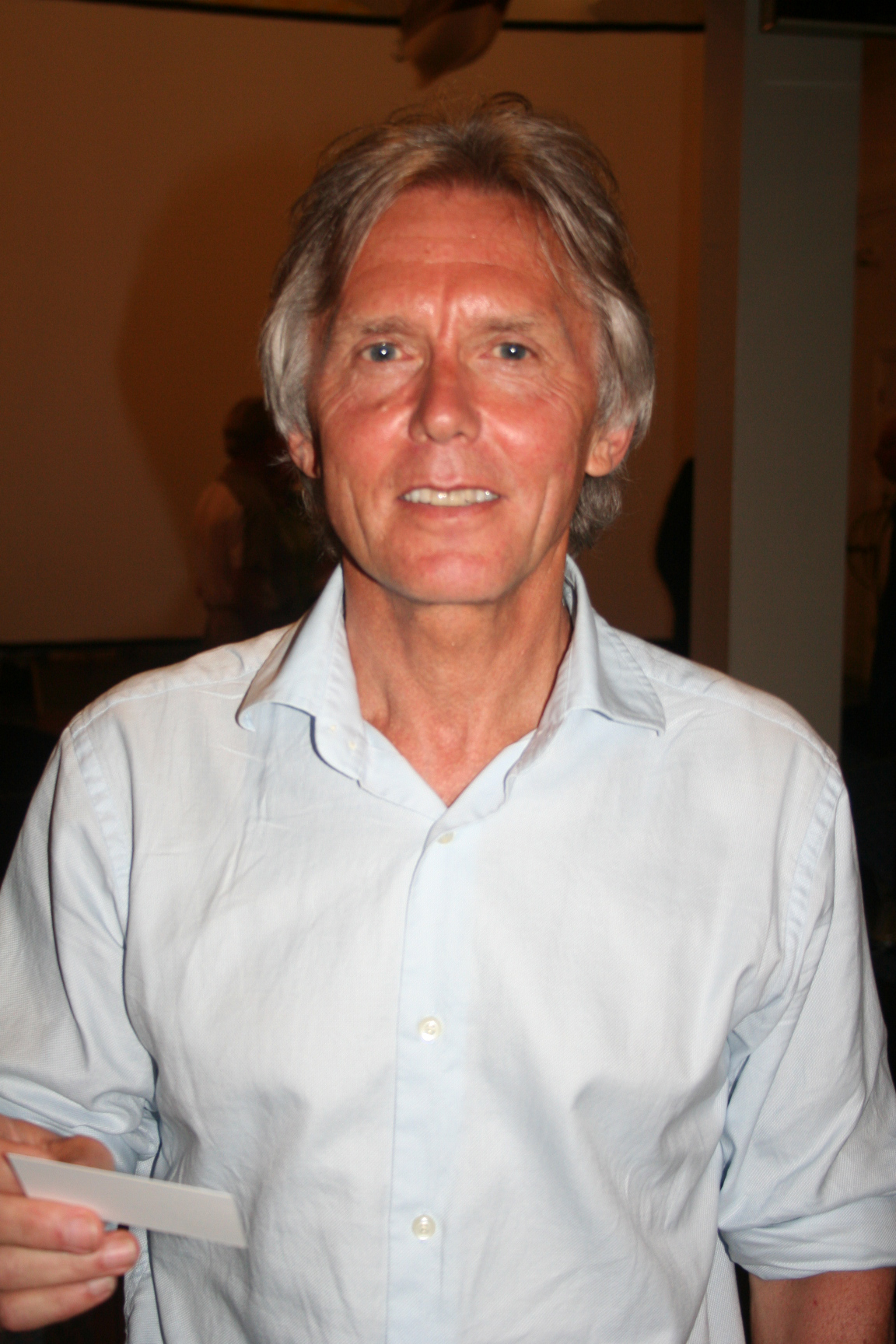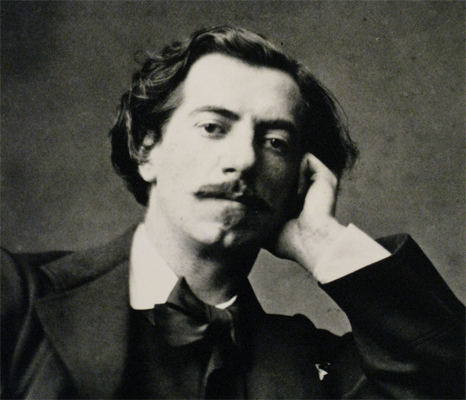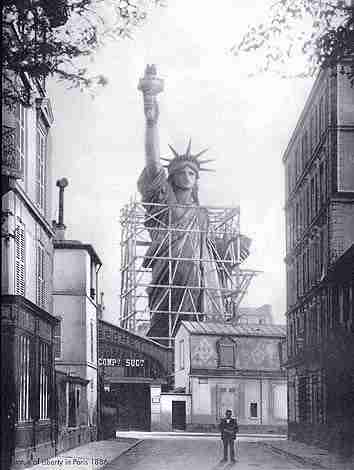The Statue of Liberty and her Scandinavian connection
Although she was initially a gift from the French in 1885, the Statue of Liberty has become known as an American symbol of freedom and liberty. Did you know that behind her bluish-green tint, the Lady, as she is often called, also might be of Scandinavian descent?
-
 Norwegian-American filmmaker Steinar Hybertsen at the screening of his documentary film “The Statue of Liberty—Mystery of the Copper Source” at Norwegian Seamen's Church in New York.
Norwegian-American filmmaker Steinar Hybertsen at the screening of his documentary film “The Statue of Liberty—Mystery of the Copper Source” at Norwegian Seamen's Church in New York. -
-
She stands at the mouth of the New York harbor, her beacon held high and her eyes looking ahead in a solemn expression, the classic face of antiquity, commanding thousands of tourists to line up for a closer look. But did you know that behind her bluish-green tint, the Lady, as she is often called, also might be of Scandinavian descent?
-
 Frédéric Auguste Bartholdi (1834-1904) the Frenchman who designed the Statue of Liberty. Maurice Koechlin, chief engineer of Gustave Eiffel's engineering company and designer of the Eiffel Tower, engineered the internal structure.
Frédéric Auguste Bartholdi (1834-1904) the Frenchman who designed the Statue of Liberty. Maurice Koechlin, chief engineer of Gustave Eiffel's engineering company and designer of the Eiffel Tower, engineered the internal structure. -
-
Norwegian documentary filmmaker, Steinar Hybertsen, is in New York, eager to show his 35-minute film “The Statue of Liberty—Mystery of the Copper Source,” which investigates rumors that the copper used for the Statue of Liberty comes from the Visnes Mine of the island of Karmøy, located on the west coast of Norway.
“I’d heard about this some 10 years ago,” Hybertsen said at the screening, which recently took place at the Norwegian Seamen’s Church in New York City. “I was always intrigued by the story. Then two years ago, some guys came and asked me to do a documentary about it.”
The problem is that no one is certain of the origins of the 80 tons of copper that was used to make the Statue of Liberty. No evidence of any transactions has survived. That the copper was melted in Belgium is a fact. That the statue was designed by Frédéric Auguste Bartholdi and put together in the streets of Paris, are also well-known, documented facts. But who supplied the copper?
There were only six possible copper sources at the time, Hybertsen’s film points out: one each in Wales, Spain, Germany, Bolivia, the U.S., and in Visnes, Norway. When in 1985 a restoration of the statue was needed and people began questioning the provenance of the copper, which was of outstanding quality, it turned out that the first five of these sources were bad matches—either the copper mines were not working at full force at the time, thus making them unable to produce the enormous amount needed for the colossal statue, or the coppers they produced weren’t of the same high quality as the one found in the Statue of Liberty.
“The copper that the Statue of Liberty is made of is a copper with very few traces of other metals such as nickel and arsenic,” Hybertsen’s film explains. “It’s very pure.” Just like the copper found in Visnes.
At the time, in the late 1800s, Norway supplied 10 percent of the world’s copper market. The Visnes Mine (which happened to be owned by a Frenchman) offered easy access to Belgium, where the melting was done. And from Belgium it’s not far to Paris and Bartholdi’s workshop there. -
 The statue being assembled in Paris. After Frédéric Auguste Bartholdi prefabricated the figure in Paris by molding sheets of copper over a stainless steel framework, it was shipped to the United States in 241 crates in 1885.
The statue being assembled in Paris. After Frédéric Auguste Bartholdi prefabricated the figure in Paris by molding sheets of copper over a stainless steel framework, it was shipped to the United States in 241 crates in 1885. -
Partly Scandinavian
It seems reasonably clear that Lady Liberty is of Scandinavian descent, but in 1986, when Bell Laboratories conducted their research, they compared the Lady's copper with that of copper tweezers found in the Visnes Mine, and although it seemed the best match they also discovered something else: The statue’s copper comes from not one but two sources.
“There was one kind of copper found at the head, and another at the skirt,” the film states.
Intriguing, isn’t it? That Hybertsen’s film leans towards believing the majority of the copper indeed comes from the Visnes Mine should come as no surprise to the reader. But that doesn’t make the mystery any less compelling. The problem remains unsolved, although most Norwegians tend to believe the statue is made of Norwegian copper. But … wasn’t Norway under Swedish rule in the 1880s? And if so, doesn’t that make the copper at least partly Swedish?
Just kidding!
Steinar Hybertsen moved to America from Norway in 1973 on a skiing scholarship. Today he is a renowned Norwegian-American film producer. Hybertsen hopes to have his film, “The Statue of Liberty—Mystery of the Copper Source,” distributed this fall.
For more information about events at the Norwegian Seamen’s Church in New York: www.sjomannskirken.no/newyork -
-
